Don’t Hang Up Your Trowel Yet: Your Ultimate Guide to October Planting
You can feel it in the air, right? That crisp, cool October morning vibe. The sun sits a little lower in the sky, and most people are packing up their garden gear, already dreaming of next spring. But honestly, for those of us in the know, this is where the real magic begins. October isn’t the end of the gardening season; it’s a golden opportunity. It’s when you set the stage for winter harvests and an absolutely explosive start to next year’s garden.
In this article
After more than two decades of running market gardens and showing new growers the ropes, I can tell you that a successful fall garden is all about working with the season, not fighting it. It’s about getting what’s happening with the soil, the light, and the plants themselves. So, this isn’t just a boring list of what to plant. We’re going to dive into the ‘why’ behind everything we do, from prepping the soil to choosing the right plants and protecting them from that first deep frost. This is how you get to enjoy your garden’s bounty long after everyone else has given up.
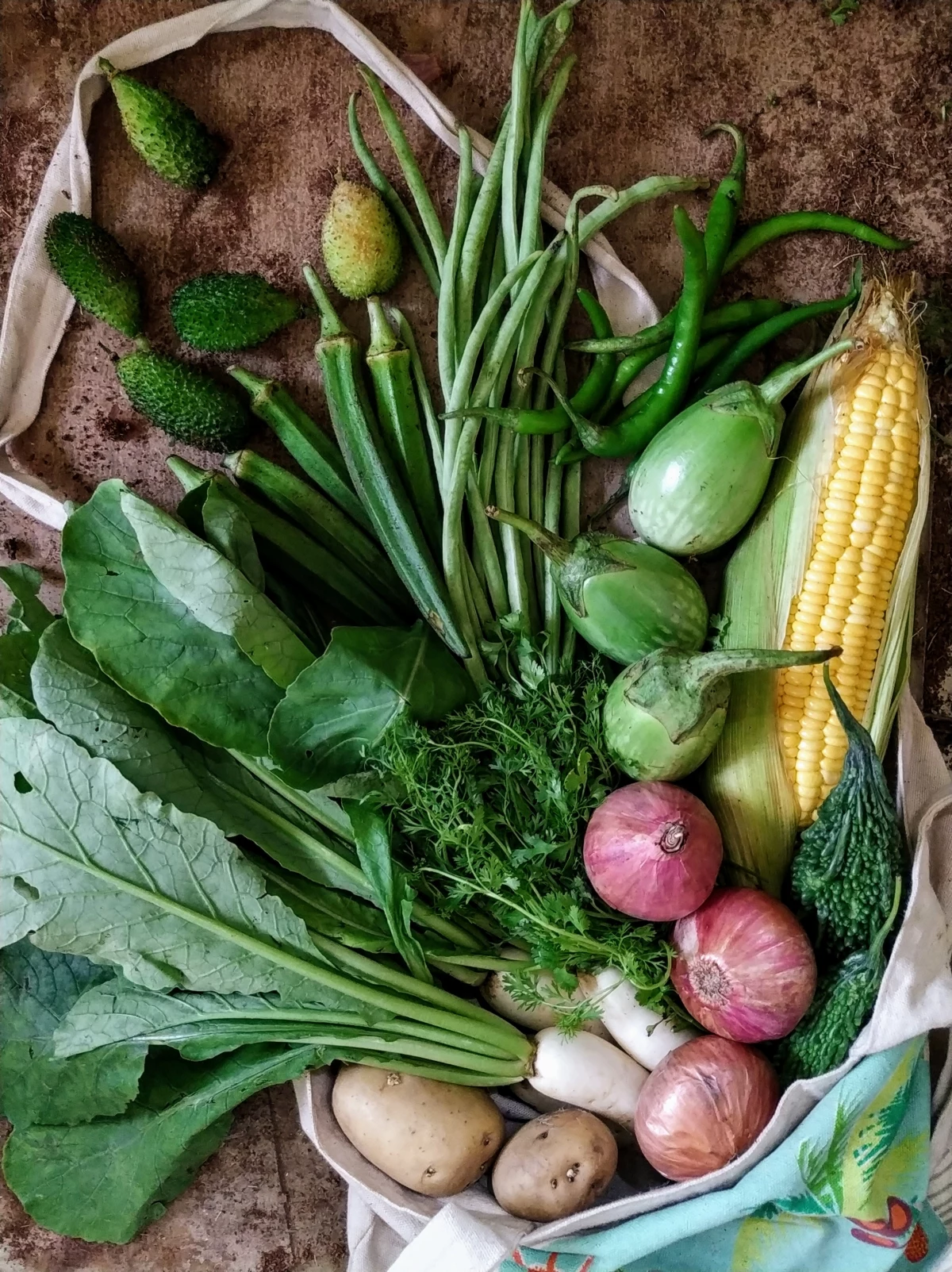
What’s Actually Happening Out There in October?
To really nail fall gardening, you need to understand a little bit about the environment. Things are changing fast, and your plants are paying close attention. Getting a grip on these changes is the secret to making smart choices.
The Ground is Warmer Than the Air
Here’s the first trick up Mother Nature’s sleeve: the ground holds onto summer’s warmth way longer than the air does. So even when you’re reaching for a jacket, the soil can still be nice and toasty. This creates a perfect little incubator for the roots of cool-season crops. Their roots can get established in the warm soil, while the chilly air keeps the leafy tops from growing too fast and bolting (which is when they try to flower and go to seed too early).
A simple soil thermometer is one of my most-used tools in the fall. You can grab one at any garden center for about $10-$15. I’m looking for soil temps between 50°F and 65°F (that’s 10°C to 18°C) for most fall seeds to sprout happily. Once that soil temperature drops below 40°F (4°C), everything grinds to a halt. The goal is to get your plants settled in before that happens.

The Magic of Shorter Days
Plants are incredibly sensitive to the length of the day. Many summer plants, like spinach, are programmed to bolt when the days are long and hot. But as the days get shorter in the fall, it’s a signal for them to focus on producing big, beautiful leaves instead of flowers. We can use this natural tendency to our advantage!
But there’s a catch. Less light also means slower growth. A radish that might be ready in 25 days in the spring could take 35 or even 40 days in the fall. So, you have to plan for this. A good rule of thumb is to look at the ‘days to maturity’ on the seed packet and add an extra 10 to 14 days for a fall planting.
Know Your Zone and Your Frost Date (Seriously, This is a Big Deal)
Before you even think about buying seeds, you absolutely have to know two things: your USDA Plant Hardiness Zone and your area’s average first frost date. This isn’t optional, folks. Just Google “USDA Hardiness Zone Map” to find yours. Someone in Zone 5 (think northern Vermont) has a much, much smaller window than someone in Zone 8 (like Georgia). In those colder zones, October planting is pretty much limited to super-hardy stuff like garlic. But in a warmer zone, October feels like a second spring.

Once you find your average first frost date, count backward using that ‘days to maturity + 14 days’ formula. That date you land on? That’s your last possible day to get that seed in the ground.
The A-List: What I’m Planting in My Garden Right Now
Alright, let’s get to the good stuff. These are my go-to crops for a killer fall and winter garden. I’ll share the little tricks I’ve picked up over the years that go beyond the basic instructions on the seed packet.
Garlic: The Undisputed King of Fall Planting
If you plant only one thing this month, make it garlic. It’s so easy and so rewarding. You basically tuck it into the soil in the fall, cover it up, and forget about it until spring. Then, next summer, you get to harvest a staple that every kitchen needs.
- The Why: Garlic needs a period of cold (called vernalization) to signal the clove to divide and form a full bulb. Planting in the fall gives it this cold treatment naturally. The cloves grow roots in the warmish fall soil, go dormant for the winter, and then just explode with growth when spring arrives.
- Hardneck vs. Softneck: You’ve got two main choices here. Hardneck types are the tough guys, perfect for colder climates (Zones 3-6). They produce a stiff central stalk (called a scape) in early summer, which is a delicious bonus harvest. Softneck varieties are better suited for milder climates (Zones 7-10). They don’t have that central stalk, which means they have more cloves and tend to store longer.
- Pro Technique: Please, whatever you do, don’t use garlic from the grocery store. It’s often treated with a growth inhibitor to keep it from sprouting on the shelf. Worse, it can carry soil diseases you don’t want in your garden, and it’s usually a softneck variety that won’t survive a harsh winter. I order my seed garlic from reputable online suppliers like Johnny’s Selected Seeds or High Mowing Organic Seeds. A pound of good seed stock will run you about $15-$25 and will give you plenty to plant.
- A Hard-Learned Lesson: My first time, I planted my garlic cloves only an inch deep. Big mistake. The winter freeze-and-thaw cycles pushed half of them right out of the ground. Now, I use a little planting tool called a dibber marked at 3 inches to make sure every single clove is planted deep enough. Plant them pointy-end up, about 6 inches apart to give them room to grow into nice big bulbs.
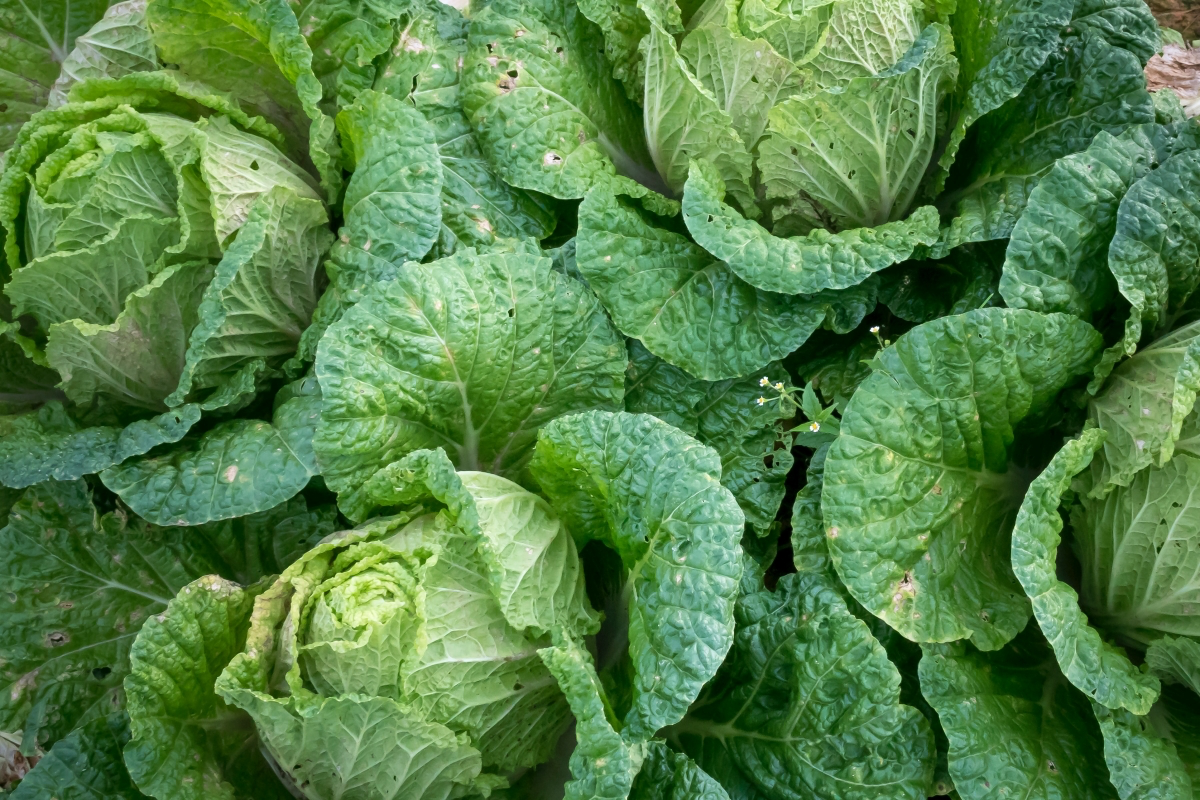
Leafy Greens: Your Ticket to November Salads
Having a fresh salad in November feels like the ultimate luxury, but it’s totally possible. The secret is picking the right varieties and giving them a little bit of protection.
- Spinach and Kale: These guys are tough as nails. A light frost actually makes them taste sweeter by concentrating their sugars. I like to plant them in wide rows, so I can harvest the outer leaves and let the center of the plant keep producing.
- Lettuce: For fall, stick to the loose-leaf types. They mature much faster than the big heading varieties. I plant a small new patch every 10 days or so through September and early October for a non-stop supply. It’s a technique called succession planting.
- Arugula: This peppery green absolutely adores cool weather and grows like a weed. You can be harvesting it in as little as 30 days.
- My Secret Weapon: My most valuable tool for fall greens is floating row cover. It’s a super lightweight fabric that lets in light and water but traps a few extra degrees of warmth, like a little blanket. Even better, it acts as a physical barrier against annoying pests. A decent-sized roll might cost you $20-$30, but it lasts for years and can easily extend your fresh greens harvest by a month. I just drape it over the bed and secure the edges with rocks.
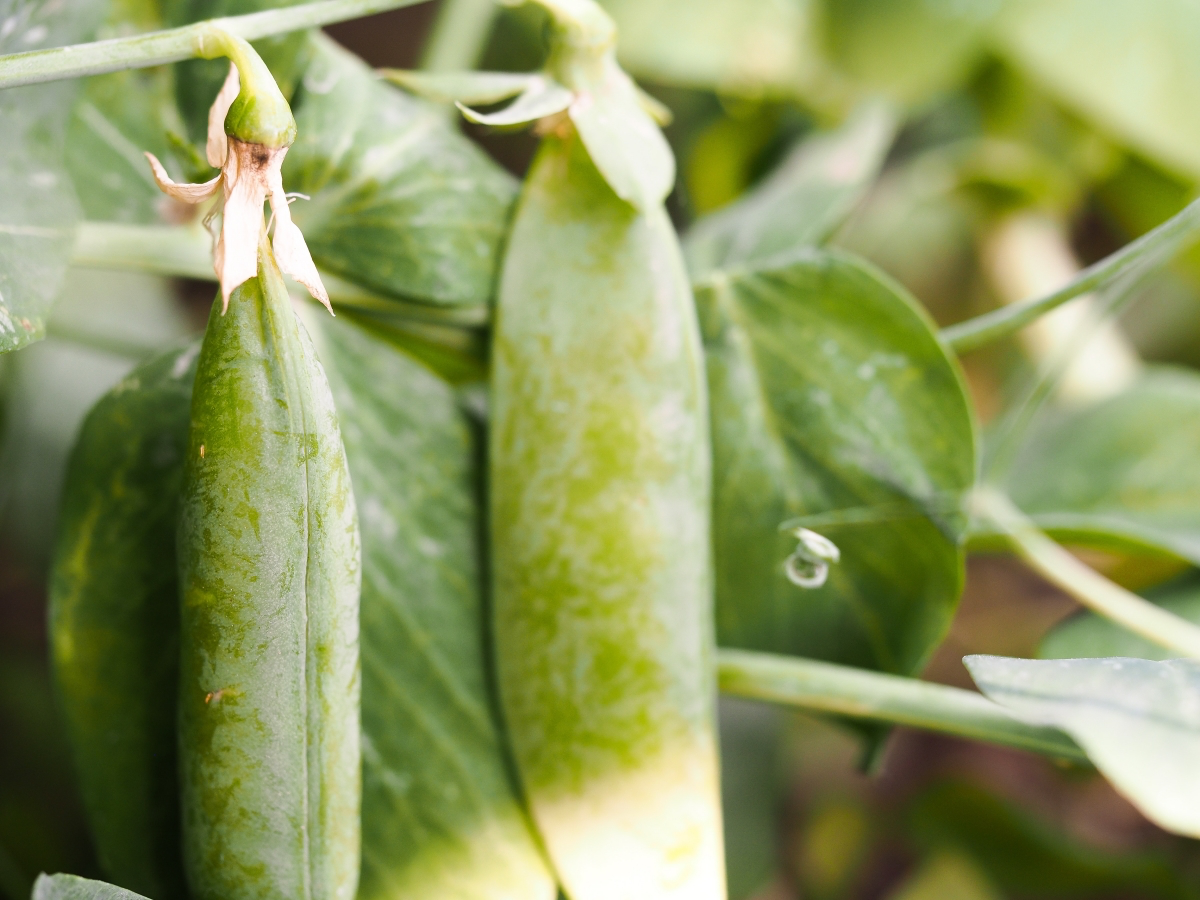
Root Veggies: Storing Sunshine for Winter
I swear, root crops planted in the fall are just better. They’re sweeter and more tender than their spring-grown cousins because the cool soil and slower growth concentrate all their sugars.
- Radishes: The sprinters of the garden! They can be ready in under a month. The key to crisp, mild radishes is consistent water and fast growth.
- Carrots: Fall carrots are the sweetest carrots, period. They need loose, fluffy soil, so if yours is heavy or rocky, choose shorter varieties.
- Heads up! Common Pitfall: A lot of people complain their fall-planted seeds (especially radishes and carrots) don’t sprout. The likely culprit? The soil was either too cold (remember that 50°F minimum) or you let the seedbed dry out. After planting, you need to keep that top layer of soil consistently moist—think of a wrung-out sponge—until you see those little green shoots pop up.
Hearty Herbs for Fall Flavor
Many herbs thrive in the cool, moist weather of autumn. Cilantro, which bolts in a flash during summer heat, loves the fall. Parsley is another great one that can often survive the winter in milder zones. For a continuous supply, I plant some in the ground and some in pots. Just before the first hard freeze, I bring the pots inside to a sunny windowsill for fresh herbs all winter long.
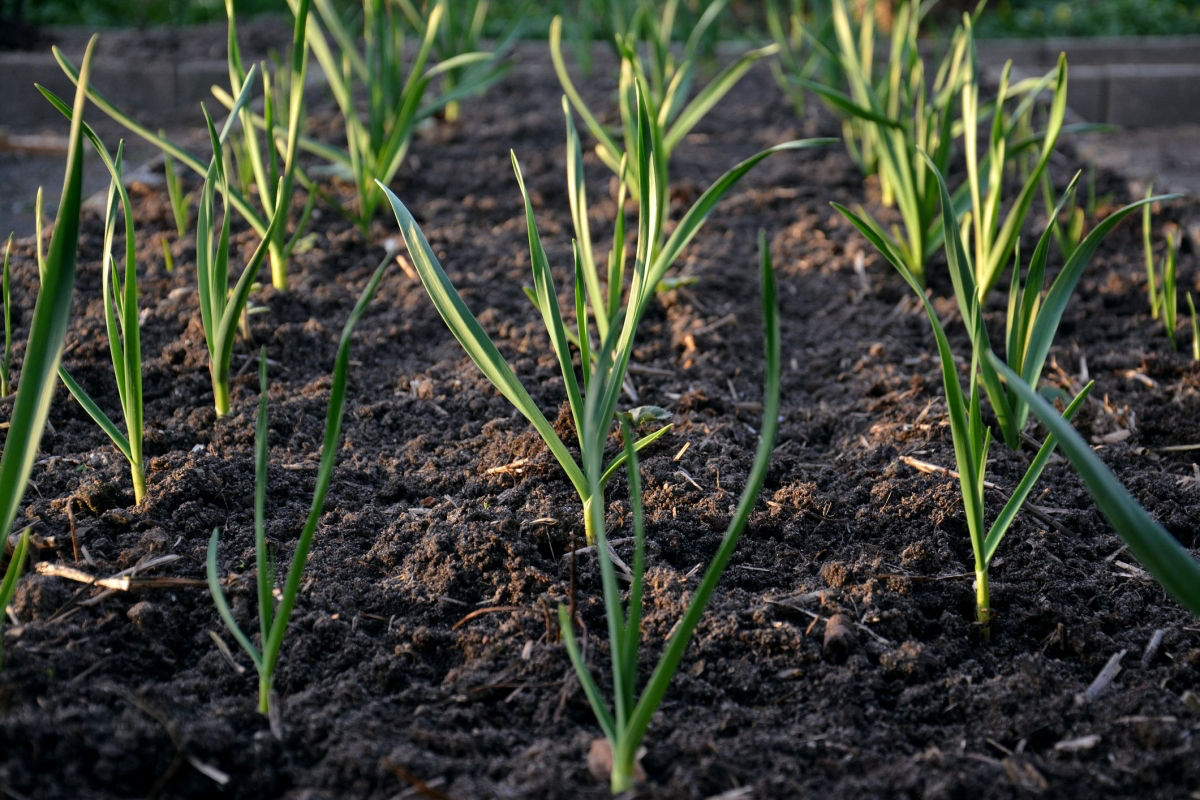
Your First October Project: The No-Fail Garlic Bed
Feeling a little overwhelmed? Don’t be. Here is the absolute simplest, can’t-mess-it-up fall project.
Let’s do this:
- Get one bulb of hardneck seed garlic (the ‘Music’ variety is a great, reliable choice).
- Clear a small 2-foot by 2-foot patch of soil in a sunny spot.
- Use your finger or a stick to poke 8 holes, each about 3 inches deep and 6 inches apart.
- Break the bulb into individual cloves and drop one clove into each hole, making sure the pointy side is facing up.
- Cover them up with soil. Then, cover the whole patch with a thick (4-6 inch) layer of shredded leaves or straw.
And… that’s it. You’re done. Seriously. Go inside, have a cup of tea, and wait for spring.
Next-Level Stuff: Prepping Your Garden Beds Like a Pro
You can’t just toss seeds into the tired soil where your summer tomatoes used to be. Proper bed prep is the foundation for everything.
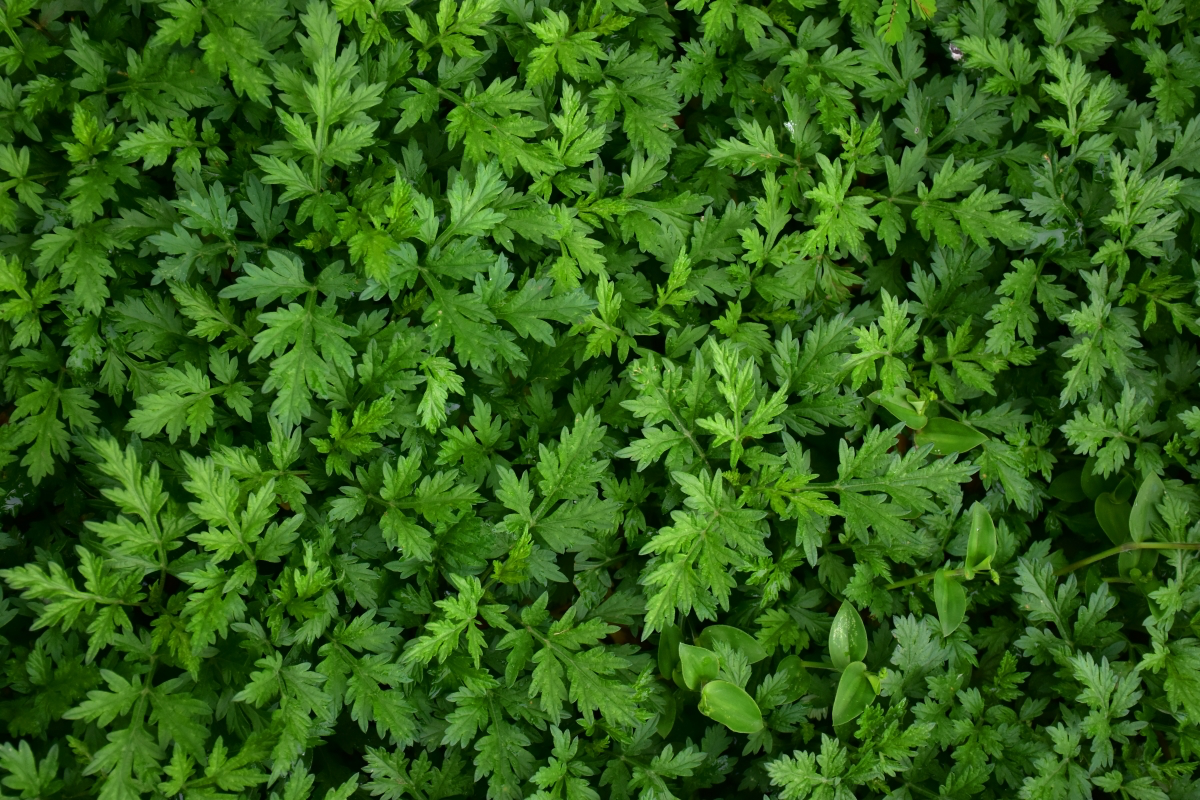
First, pull out all the old plants and weeds. Then, you need to add back some nutrients. My standard recipe is a 1 to 2-inch layer of finished compost. For heavy feeders like garlic, I’ll also add a balanced, slow-release organic fertilizer. By ‘balanced,’ I mean something like Espoma’s Garden-tone, or just look for a fertilizer where the three numbers on the bag (the N-P-K ratio) are pretty close, like a 5-5-5.
So, how long does this take? For a standard 4×8 foot raised bed, you should probably block out 2-3 hours on a weekend to get it fully cleared, amended with compost, and raked smooth for planting.
Oh yeah, and a quick tip on watering in the fall: The cooler air means the soil stays moist much longer. Before you water, stick your finger an inch down into the soil. If it feels damp, hold off. You’ll likely find you’re watering way less often than you did in the heat of summer.
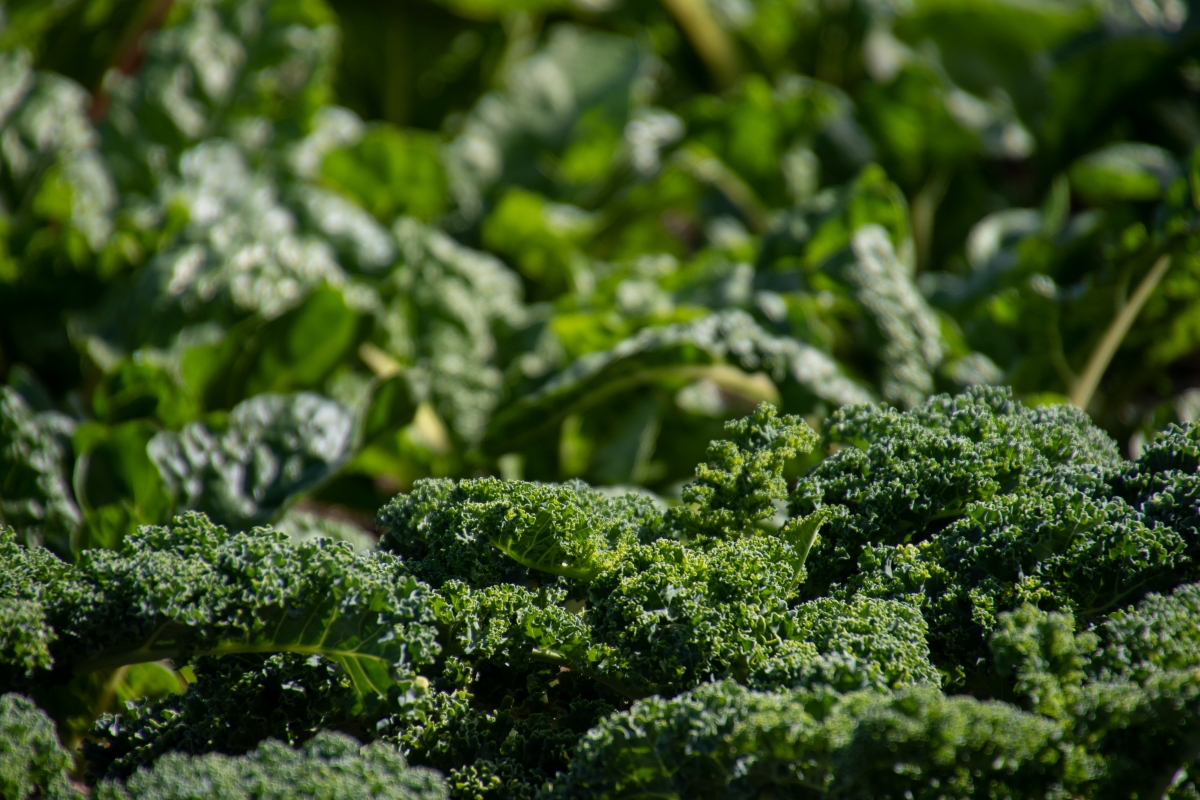
Final Thoughts, Tools, and Staying Safe
Gardening should be a joy, not a trip to the emergency room. A few common-sense tips can make all the difference.
My Go-To Fall Toolkit
You don’t need a shed full of fancy gear. These are my workhorses:
- Broadfork or Digging Fork: For loosening deep soil without wrecking its structure.
- Hard Rake: For smoothing out the bed for planting.
- Hori-Hori Knife: This is a Japanese digging knife that’s my absolute favorite multi-tool. I use it for everything from weeding to planting cloves. You can find one online or at a good garden center for about $25-$40. Worth every cent.
- Good Gloves: Protect your hands!
Listen to Your Body
This is physical work. Remember to bend at your knees, not your back. I spent one long afternoon planting hundreds of garlic cloves, and my back was screaming at me the next day. The lesson? I now use a small garden stool. It seems silly, but it’s a lifesaver.
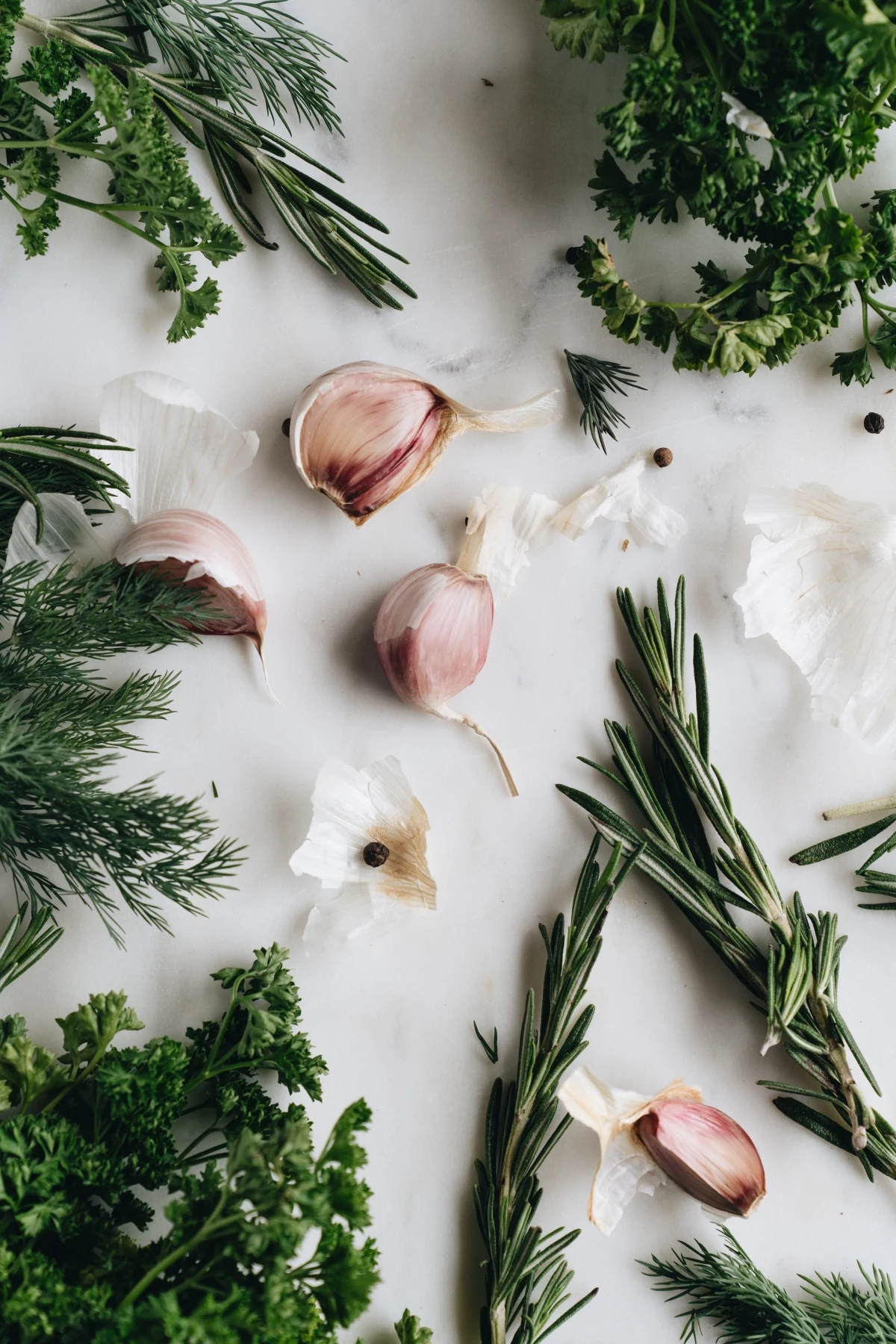
October gardening really is an act of faith. You’re putting these tiny seeds and cloves into cooling soil, trusting them to make it through the long, cold winter. It teaches you patience and connects you to the rhythm of the seasons. Don’t worry if a crop doesn’t make it. Every failure is a lesson. Was it too late? Was the soil wrong? That’s how we learn.
So start small. Try that little garlic patch. And next July, when you’re pulling up those amazing, pungent bulbs that you planted on a crisp autumn day, you’ll get it. You didn’t shut down your garden for the year—you were just getting it ready for the future.
Inspirational Gallery
A common autumn myth:
Don’t just bag up your fallen leaves! They are a free resource for boosting your garden’s health. Here are three quick ways to use them:
- Insulating Mulch: A thick layer of shredded leaves around the base of carrots or kale helps regulate soil temperature and suppress weeds.
- Compost Gold: Mix dry, brown leaves with green kitchen scraps in your compost bin to create a perfect carbon-to-nitrogen ratio for rich humus.
- Leaf Mold Magic: Simply rake leaves into a wire bin, wet them down, and wait. In a year or two, you’ll have a dark, crumbly, and valuable soil conditioner.
What about planting flowers for next spring?
Absolutely! October is prime time. The still-warm soil gives bulbs the perfect window to develop strong roots before winter dormancy. Think of it as burying treasure. Plant your tulips, daffodils, and alliums now for an explosion of color come April. For a designer look, try layering smaller bulbs like grape hyacinth (Muscari) over larger Darwin Hybrid tulip bulbs in the same planting hole for a multi-level display.
Did you know that a light frost can actually make some vegetables taste sweeter?
It’s a process called ‘cold sweetening.’ When plants like kale, carrots, Brussels sprouts, and parsnips are exposed to a frost, they begin converting their starches into sugars. This acts as a natural antifreeze for the plant’s cells and, as a delicious bonus for your palate, results in a richer, more complex flavor.
Floating Row Cover: This is a lightweight fabric, like Agribon AG-19, draped over low hoops. It protects a large area from frost down to about 28°F (-2°C) while still allowing light and water to pass through. It’s ideal for entire beds of lettuce, spinach, or radishes.
Individual Cloche: This is a rigid, bell-shaped cover placed over a single plant. You can buy them or make your own from translucent milk jugs. They provide excellent, targeted protection for tender individual plants like a prized artichoke or a late-season herb.
There’s a unique magic in harvesting from your garden when there’s a chill in the air. The snap of a fresh carrot pulled from the cold earth, the sight of sturdy Swiss chard leaves dusted with the day’s first frost, the earthy scent of beets—these sensory details are the reward for your autumn efforts, connecting you to the seasons in a way summer gardening can’t quite match.
- Improved soil structure for easier planting next spring.
- A significant reduction in winter weed growth.
- Free, slow-release nitrogen for your future plants.
The secret? A ‘cover crop’. After you pull your summer vegetables, scatter seeds of a hardy cover crop like crimson clover or winter rye. It will grow through the fall, protecting the soil, and you can simply turn it into the earth a few weeks before planting in spring.
Don’t just plan for food; design for winter beauty. A fall garden can be stunningly beautiful. The architectural seed heads of grasses like Switchgrass (Panicum virgatum) look incredible when rimmed with frost. The vibrant stems of a Red Twig Dogwood provide a slash of color against grey skies, and the rich, deep purples of ornamental kale add life to a dormant bed long after the flowers have faded.
According to the Royal Horticultural Society, planting garlic in the fall allows the cloves to be exposed to a period of cold, which is essential for triggering bulb division and resulting in a much larger harvest the following summer.
Can I really keep harvesting salad greens into winter?
Yes, with a simple cold frame. You can build one in an afternoon without any complex tools. Arrange four straw bales in a rectangle in a sunny, sheltered spot, with the lowest side facing south. Place an old storm window or a rigid sheet of polycarbonate on top as a lid. The straw insulates the soil and the glass creates a mini-greenhouse, perfect for growing hardy greens like Mâche (Corn Salad) or Claytonia right through the cold months.










